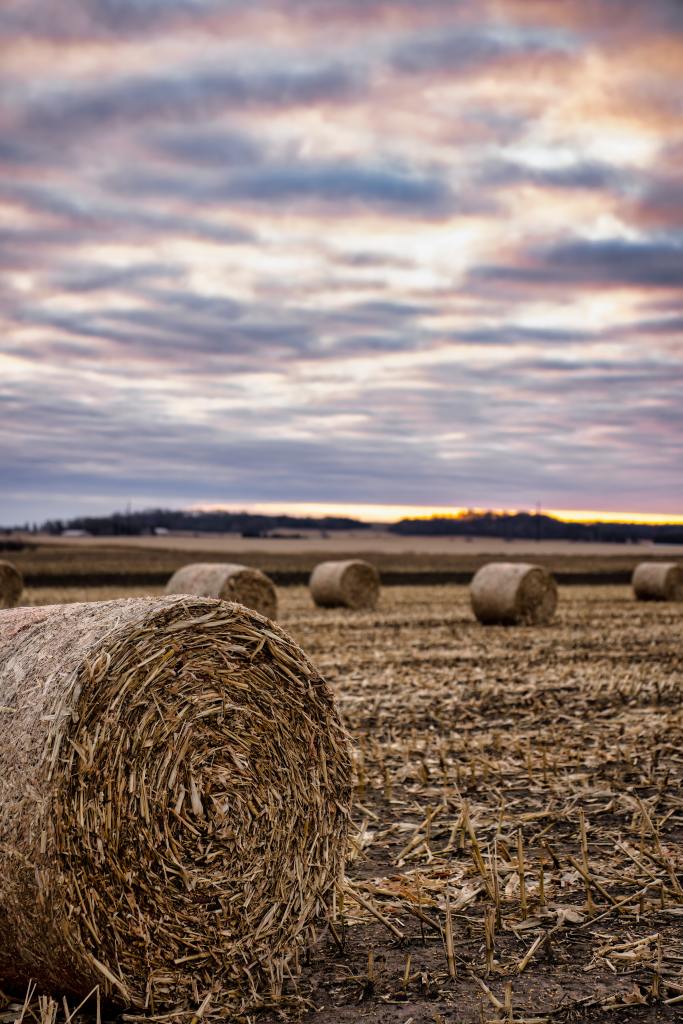Sean Kemery is an experienced commodity and currency portfolio manager and works with clients to build and protect their wealth. Sean Kemery helps a wide range of clients, including retirees, build a personalized investment strategy while ensuring they achieve their financial goals.
It is best that prospective retirees are strategic about their investment choices, seeing that they are about to stop working. It has been noted that long-term investments could be a strategy one could adopt as a prospective retiree. Long-term investments often assist prospective retirees in weathering market downturns, providing them with the strong advantage of compound returns. Moreover, some of them might provide dividends.
Prospective retirees should also determine their risk versus return balance. It’s critical for them to evaluate their degree of risk tolerance. In theory they should become more risk cautious while developing a portfolio as they approach retirement. Yet, a variety of variables will determine the appropriate asset allocation. Hence, they should consider how diversification might reduce risks and consider their alternatives.

